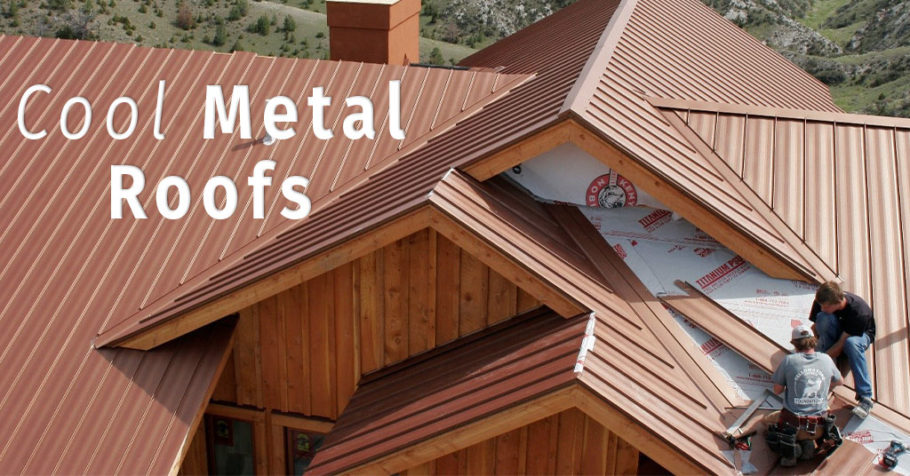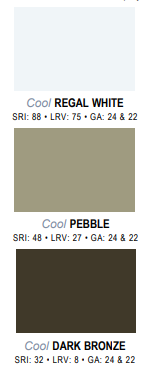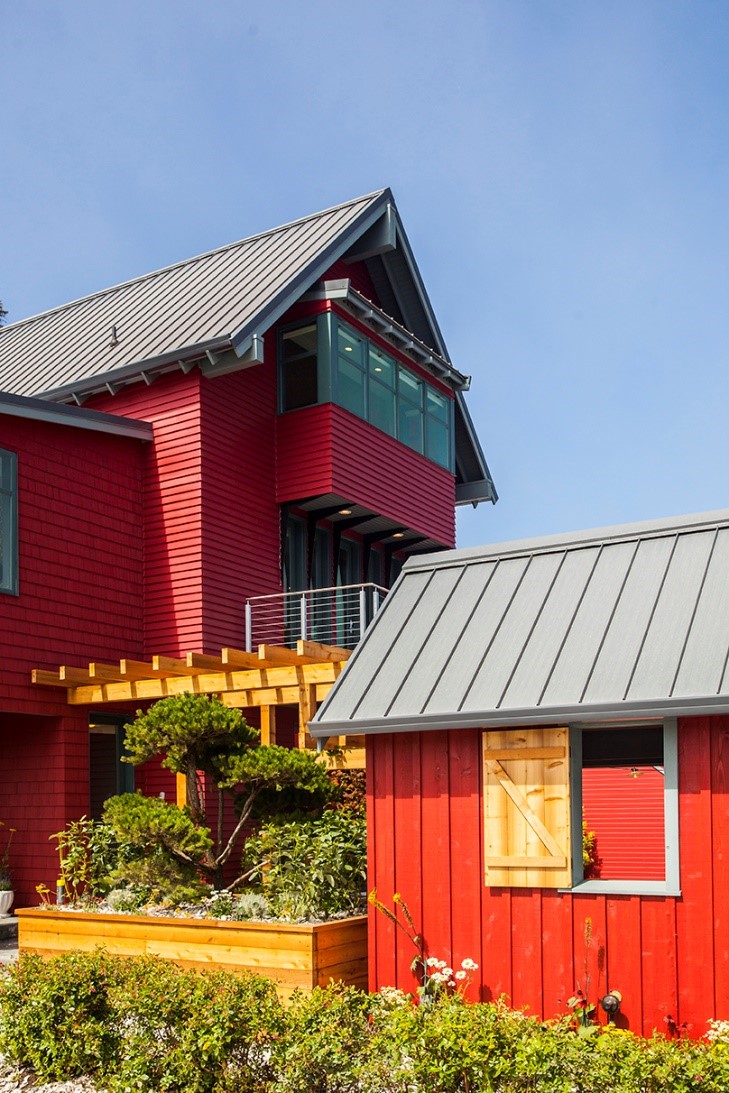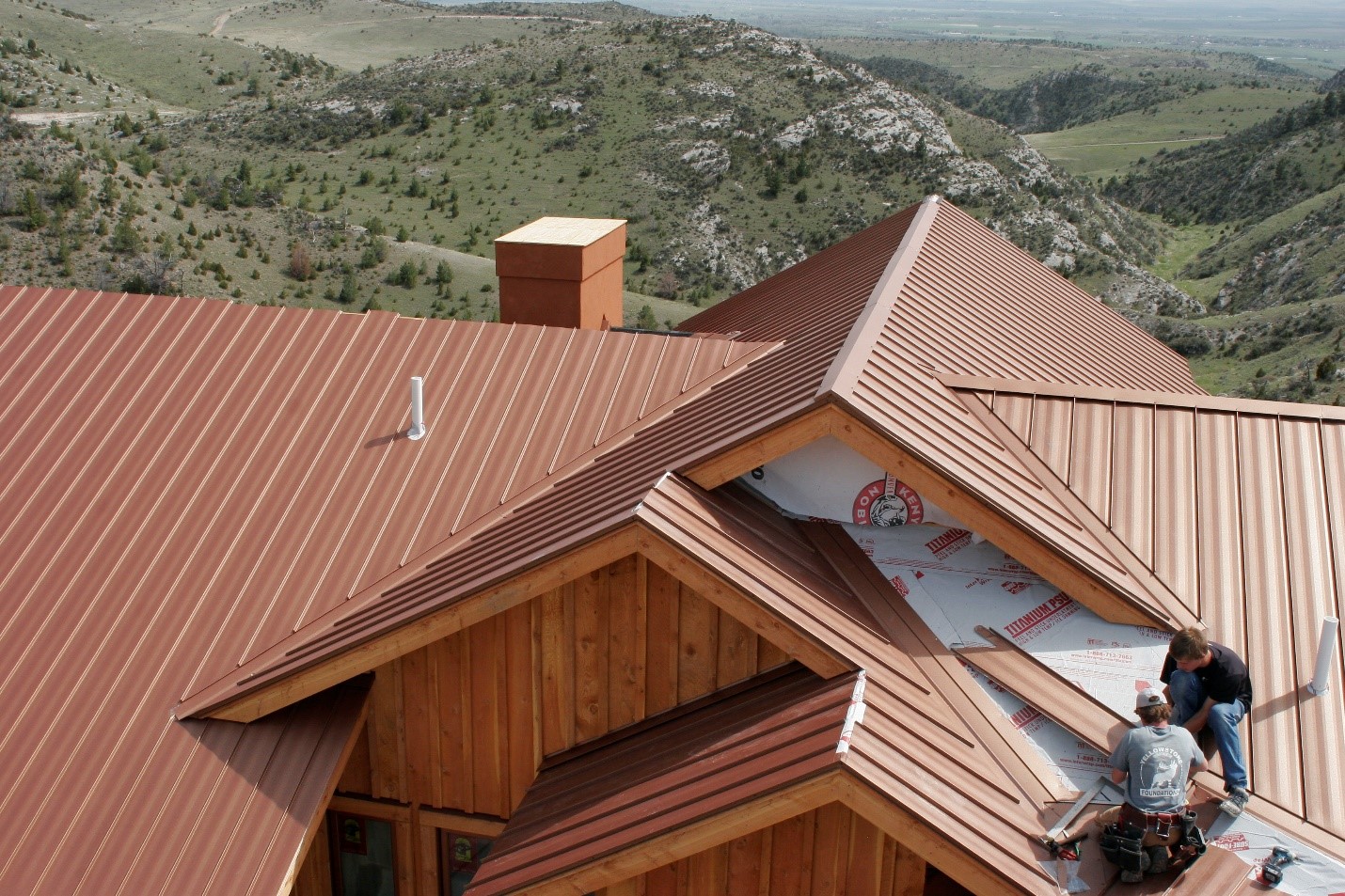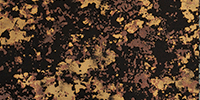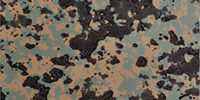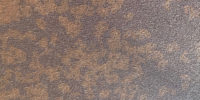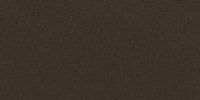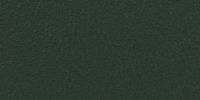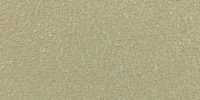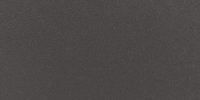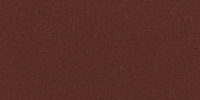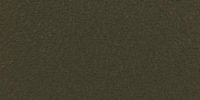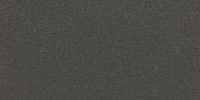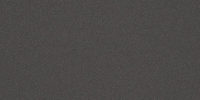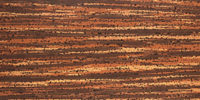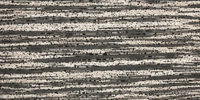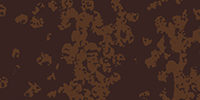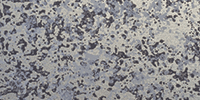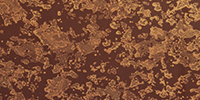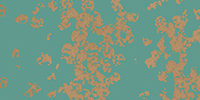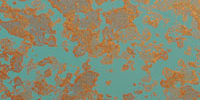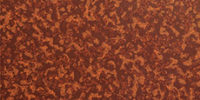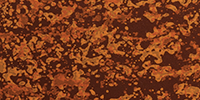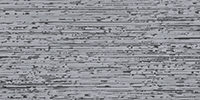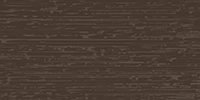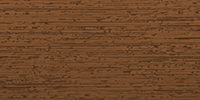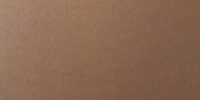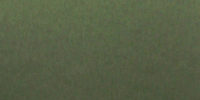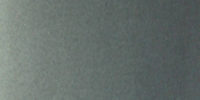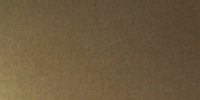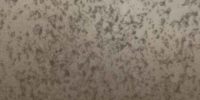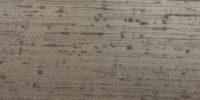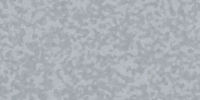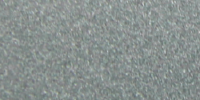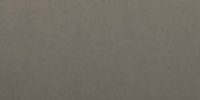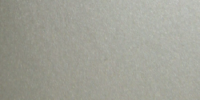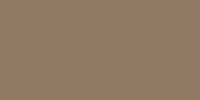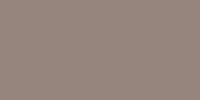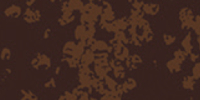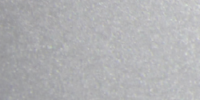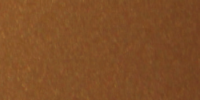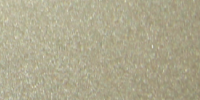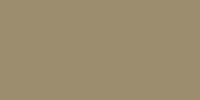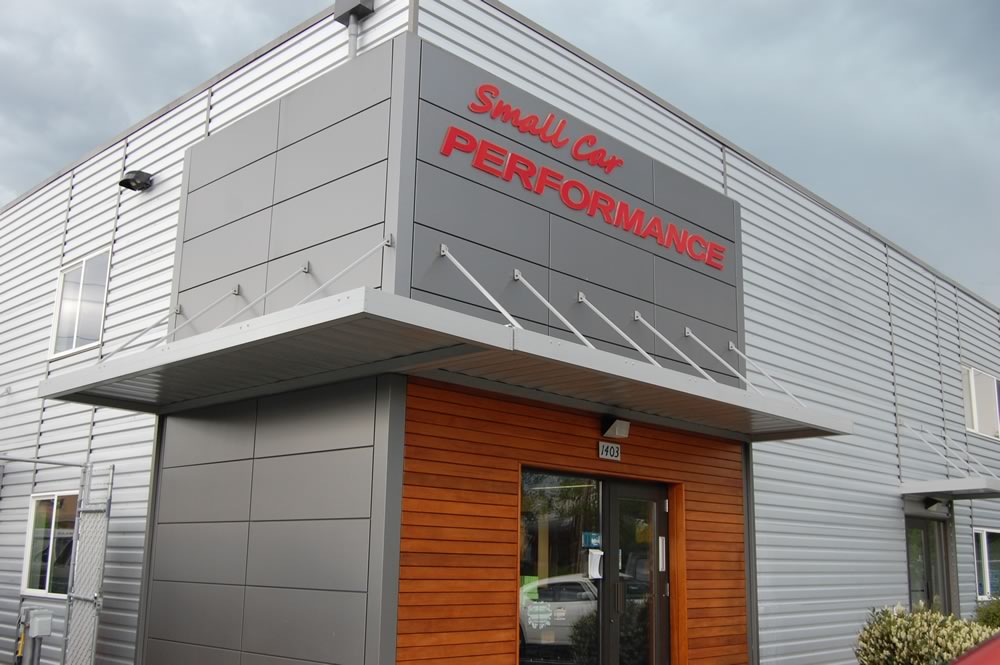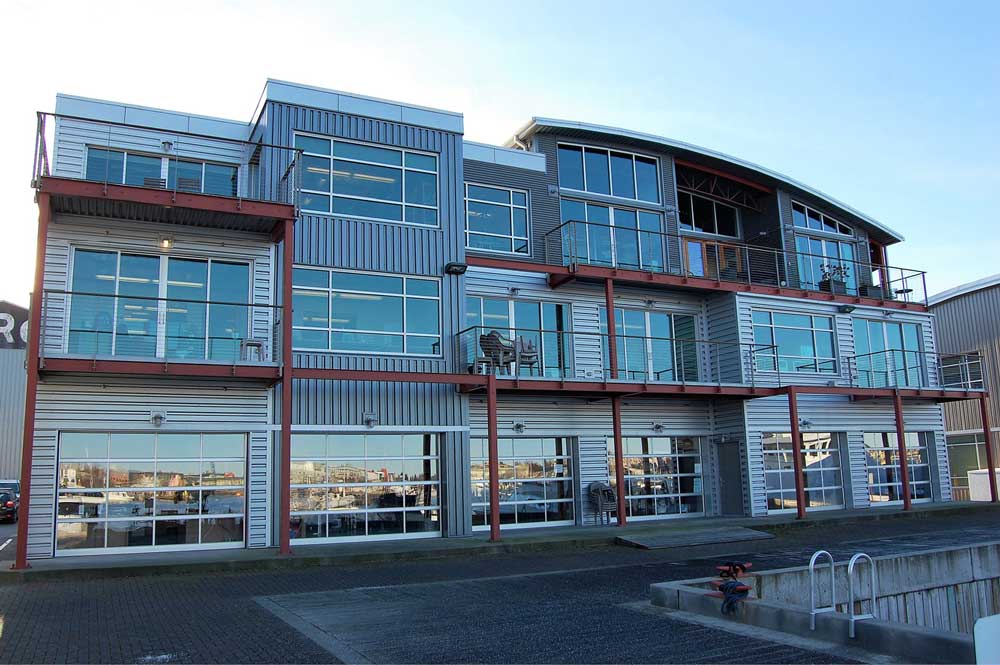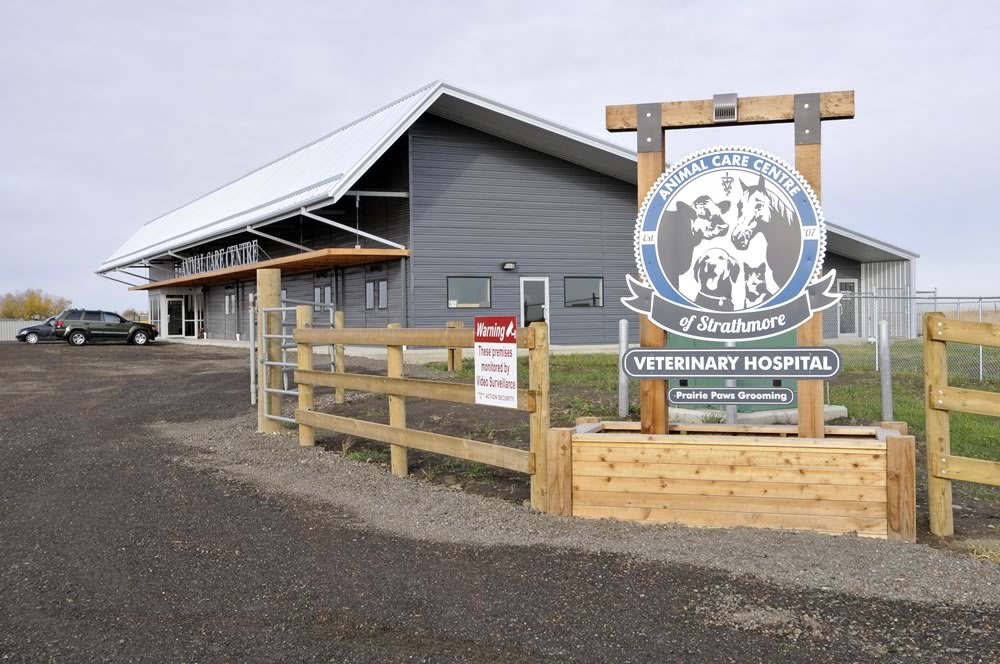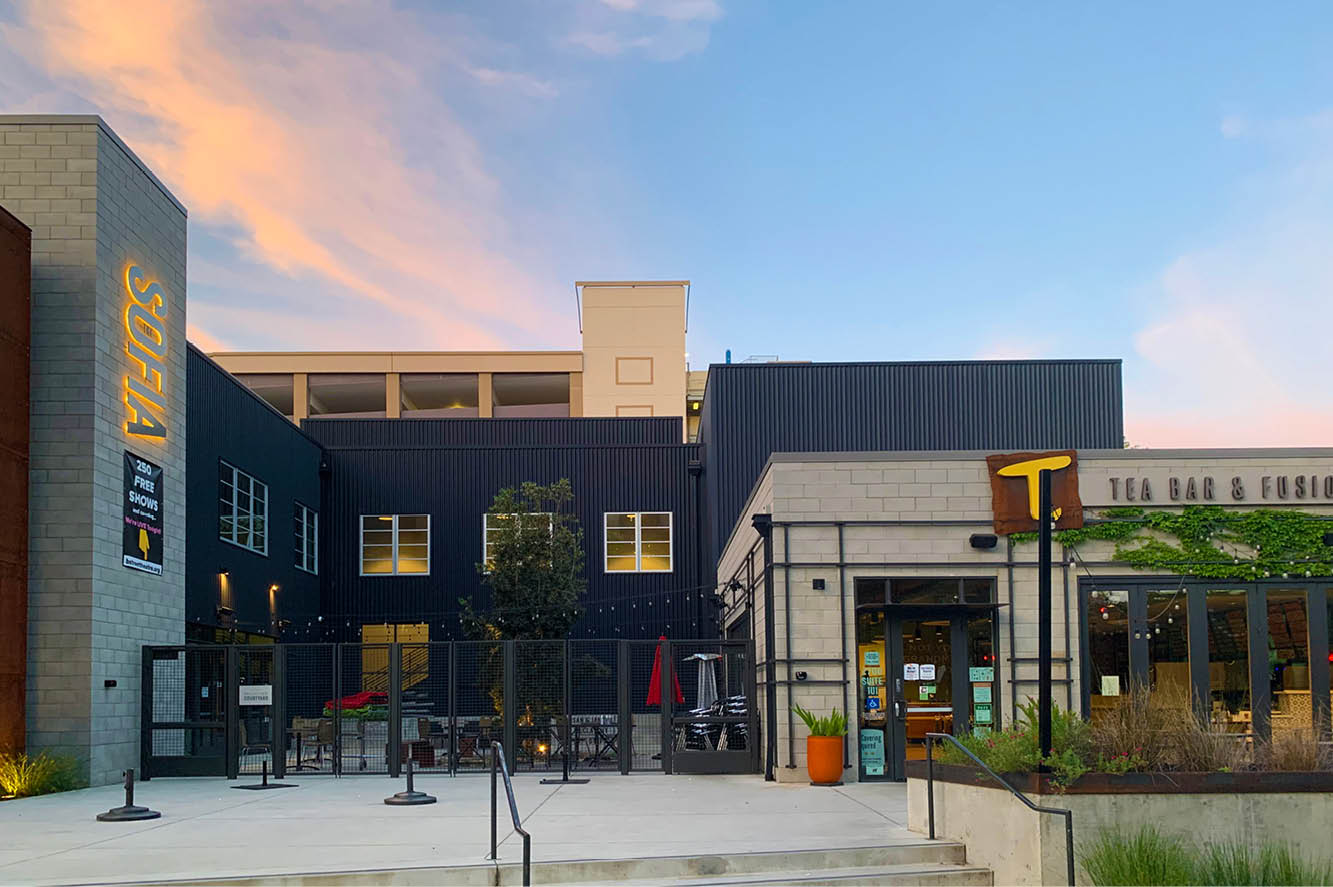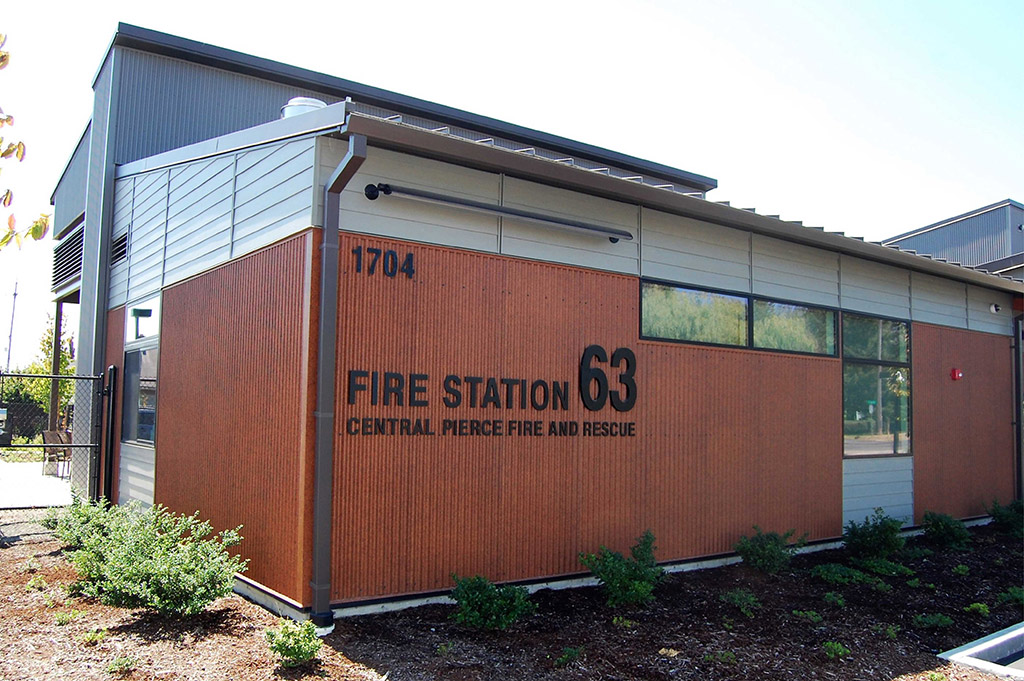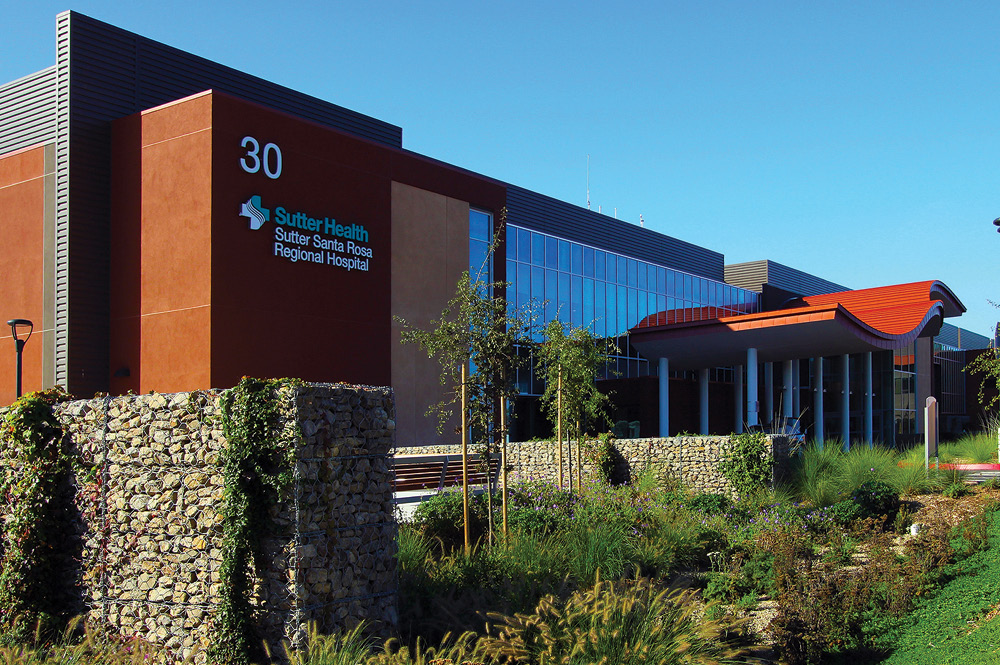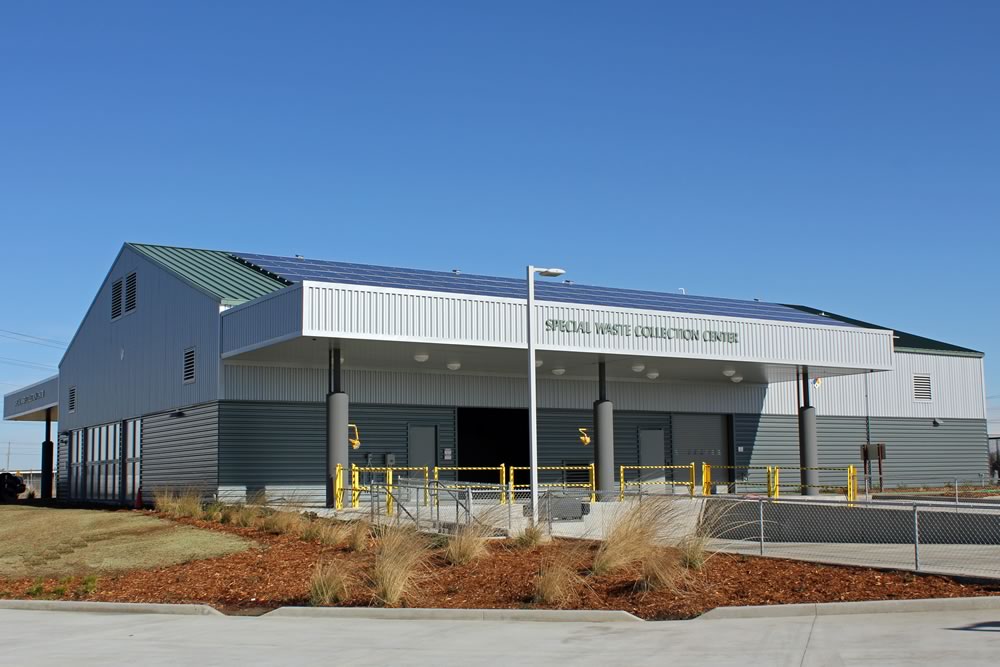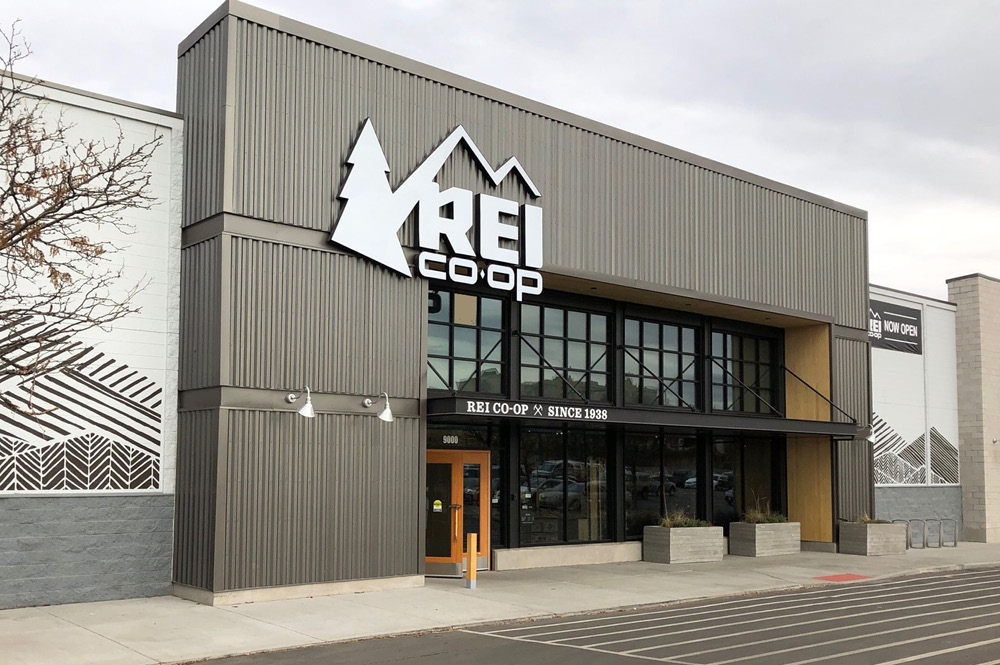Cool Metal Roofs – 7 Frequently Asked Questions
Cool Metal Roofs – What You Need To Know
Cool Metal Roofs offer you beauty, durability and other benefits you may not know about. Read our 7 Frequently Asked Questions below to gain an understanding of what Cool Metal Roofing means!
1 – What are Cool Metal Roofs?
Cool metal roofs feature paints and coatings with specially formulated pigments reflect the heat from the sun. Heat from the sun is created by near infrared radiation (NIR) which is invisible to the eye. Traditionally, most dark pigments, such as black, readily absorb this radiation compared to lighter pigments (such as white).
Cool pigmentation means consumers can select from a broad range of colors for their metal roof, including popular darker colors, yet still have a finish which reflects heat, reduces heat absorption, and lowers building cooling costs.
Cool roofs also play an important role in reducing the heat island effect. Urban areas absorb and re-emit heat from the sun more than natural landscapes. As noted by the EPA, the heat island effect results in daytime temperatures in urban areas about 1–7°F higher than temperatures in outlying areas and nighttime temperatures about 2–5°F higher. Highly reflective finishes such as cool roofs can reduce this effect by preventing the absorption of this heat.
You can learn more about the heat island effect on the EPA’s website.
The pigmentation in cool roofing improves the solar reflectivity of a broad range of colors, however color selection still plays a role. Even among cool colors, brighter colors will reflect heat more efficiently.
The best way to evaluate how ‘cool’ a color is to review the Solar Reflectance Index (SRI) value. This is an index comprised of solar radiation and emissivity whereby Solar reflectance (SR) is the amount of heat-causing radiation reflected off a surface and emissivity is the amount of heat a surface can dissipate away from itself. The solar reflectance index (SRI) consolidates these with factors such as air flow considered. SRI is presented as a number between 0-100 and the higher the SRI the more reflective the coating.
In the snapshot from a color chart here, all three colors are ‘cool’ colors. However, it can still be seen that the pure white color has a significantly higher SRI value compared to the other two colors and the lighter tan ‘Pebble’ color offers greater reflectance compared to the darker ‘Dark Bronze’ color.
No, in fact, most residential and commercial painted metal products today will come standard with cool pigment technology. Over the last several years, cool pigmentation has become standard for most Silicon Modified Polyester (SMP) and PVDF (Kynar or Hylar) paint systems. These two paint systems (SMP and PVDF) are the two most commonly selected products by homeowners, architects, and building specifiers.
While polyester systems are available with cool pigment technology, this family of paints services a broader range of applications. As a result, some cost-sensitive polyester products such as for agricultural applications, or those designed for interiors, may not come standard with cool pigments.
Explore cool color options with our online, Interactive Color Chart.
No, cool pigments are specifically engineered to only reflect invisible, heat-causing infrared light. Cool pigments still absorb visible light, which means that they still produce a broad and robust range of color options and gloss levels.
A common misconception is, the Solar Reflectance Index (SRI) number articulates how shiny a roof will appear. This is not the case, as highlighted above, SRI is a great tool at assessing how effectively the surface reflects heat, but is only related to invisible, infrared light.
If you want to learn more about how to compare the shine of metal roofing colors and how to interpret values such as gloss, sheen, and Light Reflectance Value (LRV), then check out one the AEP Span Courses in the Learning Center.
Always check with the product manufacturer prior to product selection. Typically, a manufacturer will publish on their color card if it features cool pigment technology. This will be featured as either the term ‘cool’ before the color name, or reference to the cool color technology in general.
Alternatively, the Cool Roof Rating Council (CRRC) publishes a list of certified cool roofing products in its rating products directory. The CRRC independently tests cool products and publishes these results in their directory. You can find AEP Span products listed in this directory.
Explore the CRRC’s product rating directory here.
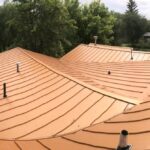
Key benefits of painted metal when compared to other cool roofing materials include; solar reflectivity, performance at reflecting heat, and does not deteriorate easily. While other materials trap dirt or dull in color rapidly, the painted finish of metal roofing is very stable and uniform. This enables long-term aged heat reflectance values similar to those when first installed. Metal also offers a broader range of cool color optionality compared to most other roofing products.
When reviewing the SRI values of different materials, be sure to compare both the initial and three-year aged values of the material to see how reflective performance may drop off over time. Initial and aged SRI values are published on the CRRC product directory.
No we’re not talking about popularity here, but a cool roof color forms just one part of a complete solution for reducing the heat trapped in a structure and lowering cooling costs. According to This Old House, the hot air trapped in attics can reach 150 degrees on a hot summer day, a situation that if left unchecked can drive up cooling costs by as much as 40 percent.
Other important elements to consider when making the roof area ‘cool’, include:
- Ensuring a properly vented attic space to enable the free flow of air. This includes appropriate vents in the roof such as gable and ridge vents.
- Installing appropriate insulation in the attic space and sealing any penetrations such as lights or plumbing to limit heat transfer into the rooms below.
- Installing a house fan to expel residual trapped hot air.
Learn more about cool roofing and other metal roofing and siding topics in our Learning Center. Have a question about cool metal roofing colors not answered in this FAQ blog? Send us your question by using our Ask AEP Span form.
Did you find this article helpful?



